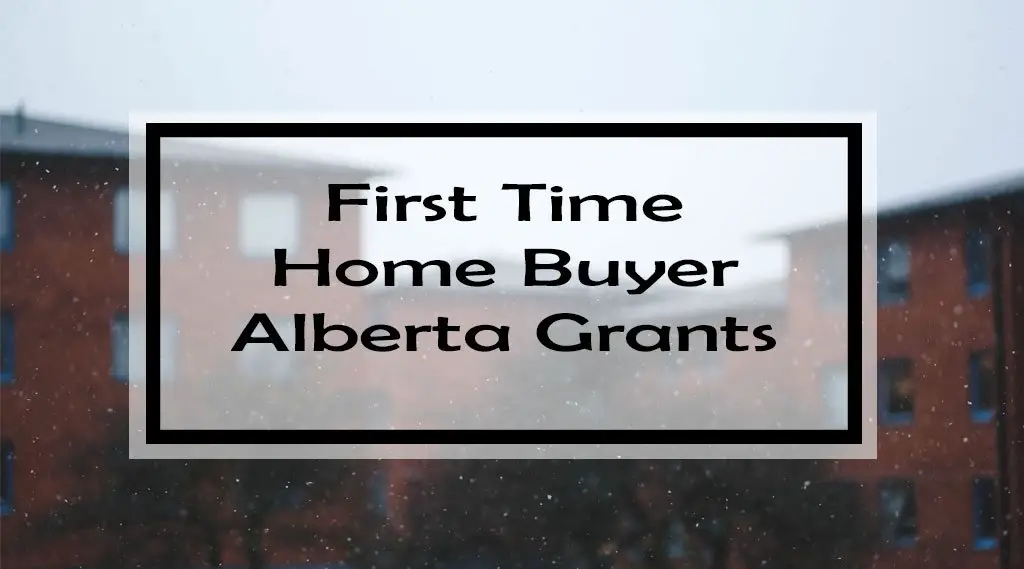
If you’re a first time home buyer in Alberta and are feeling an equal mixture of excitement, trepidation, and hyperventilation, those feelings are perfectly normal!When going through a transaction as large as a home purchase, those feelings actually are expected. (Learning to control your breathing to keep the hyperventilation from ruining your day would be a good idea, though.)Studying all of the different aspects of home buying can help you feel more confident as you go through the process for the first time, allowing you steer the extra energy from your excitement into a useful direction. And keeping a bit of skepticism close at hand while searching for the right home will help you avoid making mistakes based more on emotion than on the facts in front of you.Finally, if your trepidation relates to the financial burden of buying a home for the first time, the province of Alberta has quite a few programs and grants in place that can help alleviate this feeling. In the paragraphs that follow, we’ve put together a list of the programs and processes available to help first-time Alberta home purchasers meet the financial burden. As an added benefit, we’ve collected a series of tips that can help you figure out how to afford your first house purchase. To start, we’ve listed a series of federal government grants that Alberta residents can use to buy their first home; then we follow up with provincial and municipal government grants that are only available to Alberta residents.
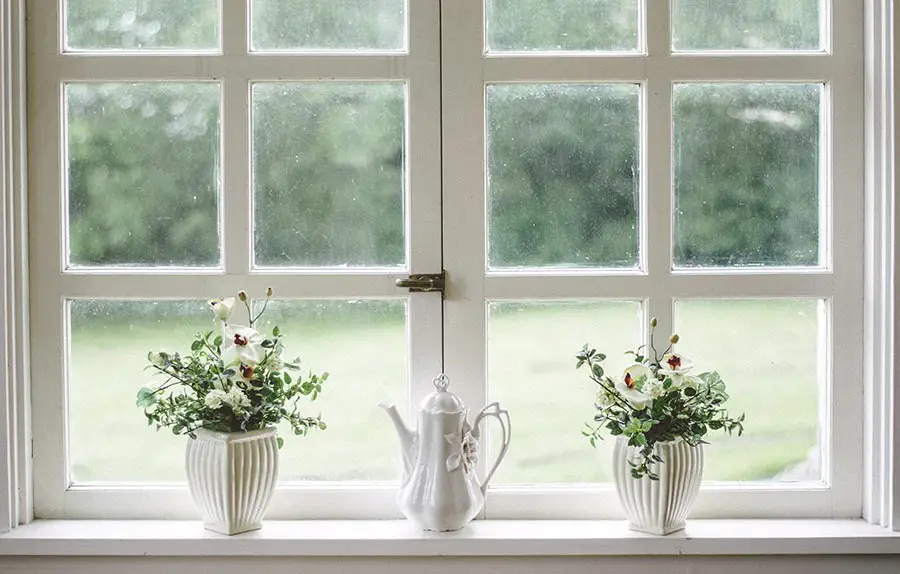
Federal Government First Time Home Buyer Programs
First-Time Home Buyers’ Tax Credit
As a first time home purchaser in Alberta, you may qualify for what ends up being a rebate on your following year’s federal tax return. As long as you and your home qualify, you could receive up to $750 back on your tax payment. Some people find the receipt of the tax credit confusing because of the way you must fill out the tax form. On the correct line of the tax form, you’ll have to write off $5,000, which eventually calculates to the $750 credit as you work your way through the various lines on the tax form.You won’t receive the rebate in the same year you purchase the home, which may confuse some people. If, for example, you purchase the home in 2019, you’ll receive the rebate after you file your 2019 tax return, which will occur early in 2020.
You could end up having to wait a dozen months or more after purchasing the home to receive the rebate.The First-Time Home Buyers’ Tax Credit does have a few restrictions on qualification, which are detailed at the link we’ve provided. Most Canadian citizens, including Alberta citizens, will be able to qualify, though.
Borrowing from Your RRSP
For those Canadians who have begun saving for retirement through an employer’s Registered Retirement Savings Plan (RRSP), borrowing money from your savings in this program can help you come up with the down payment you need for the purchase of your first home. The RRSP Home Buyers’ Plan (HBP) program rules for first-time home purchasers allow for use of any amount in your RRSP account up to a maximum of $25,000 for this purpose. Should you and your spouse or partner be purchasing a home together for the first time, each of you is eligible to borrow up to $25,000 from your personal RRSP, meaning you can end up with a total of $50,000 for the down payment. Repayment of the loan occurs over a 15-year period.
Goods and Services Tax Credit
Another option available to both Alberta and Canadian residents trying to purchase a home for the first time is through the GST/HST credit, which is a rebate for up to 5% of the federal sales tax paid on real estate taxes or retail purchases you may have made for remodeling the home. Residents who meet the income thresholds for receiving this credit don’t have to apply for it. To qualify, home buyers must be at least 19 years old, be married or have a common-law partner, and be living with at least one child.
If you meet these criteria, your income level on the previous year’s income tax return will determine whether you qualify to receive the tax credit.
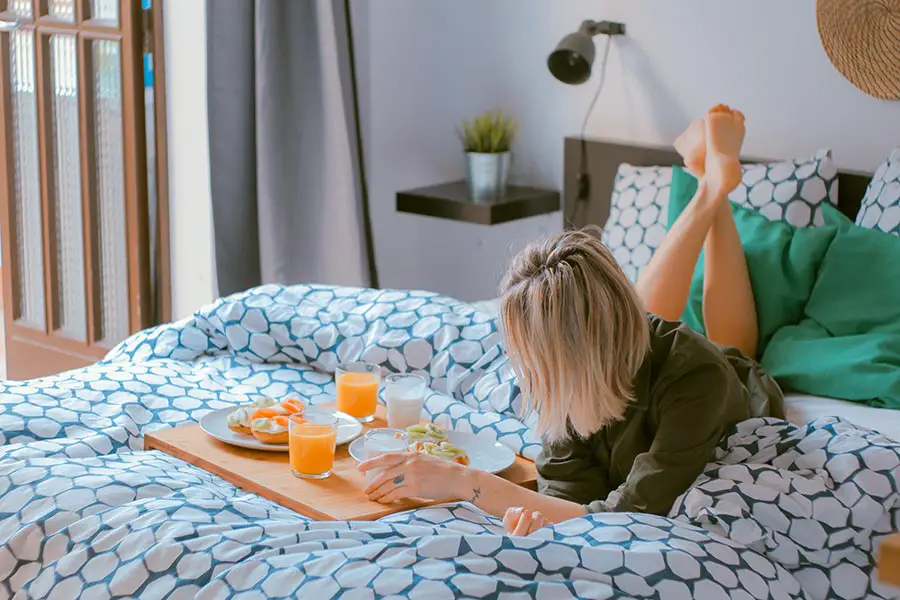
Alberta Resident-Only First Time Home Buyer Programs
Next, we’ve collected a series of programs and grants that Alberta residents purchasing a home for the first time can use to help with the down payment, the purchase of the home, or the cost of needed renovations immediately after taking possession of the home.
Edmonton – First Place Home Ownership Program
The First Place Home Ownership Program is available in Edmonton to help people who meet certain income limitations to purchase a first home.
Certain builders participate in the program in various areas of the city, so you cannot select just any home and qualify. These properties usually will consist of townhomes and condominiums.Once you have qualified for a mortgage, you then can apply to the First Place program. You must agree to live in the condominium unit for at least five years.
Calgary – Attainable Homes Calgary
Specifically for Calgary residents, the Attainable Homes Calgary program provides help with finding money for a down payment. In this program, you will have to move into a home in one of the development areas associated with the program (meaning you can’t just pick any home). You’ll then pay a $2,000 down payment, and the program will make up the difference. When you sell the home later, you must give a portion of the proceeds back to the program. Income limitations apply for those who want to use the program.
PEAK Program
The Public, Essential, and Key (PEAK) program will give low-income people help with finding the funds for a down payment on a first home. After you’ve qualified for your mortgage, PEAK helps you obtain a second mortgage that provides some money for your down payment up to a maximum 5% of the purchase price on the property.
The first five years of payments on this second mortgage are interest free, which is a great feature. You will need to meet income restrictions to qualify.
Residential Access Modification Program (RAMP)
If you’re purchasing a first home in Alberta, and you need to make renovations to the home to make it safer for someone with a physical disability, you may qualify for the Residential Access Modification Program (RAMP). This program provides a grant of up to $7,500 annually for those Albertans who meet certain income guidelines. The proposed project must be eligible under the program rules and must be a permanent type of construction.
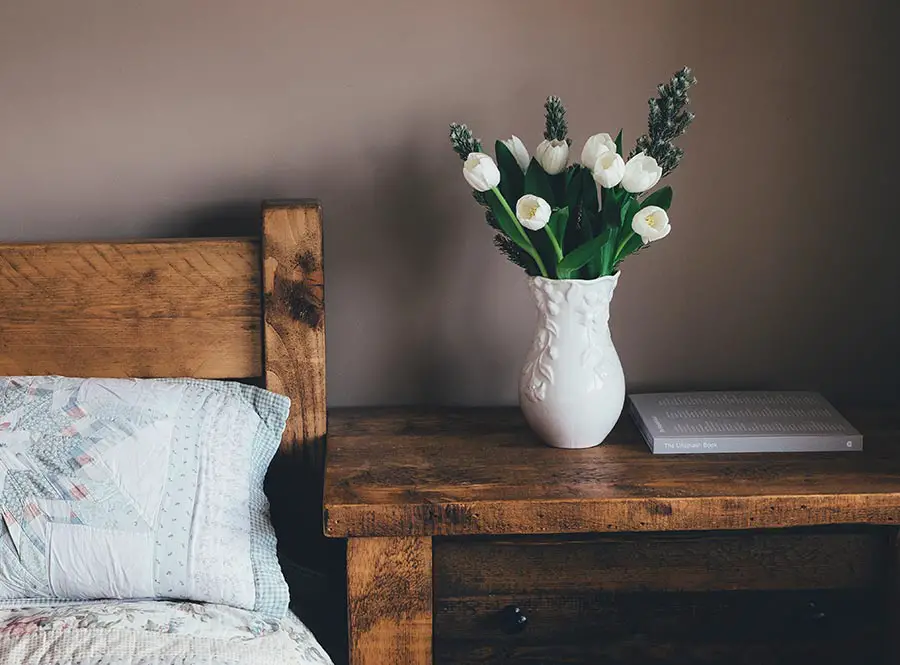
Energy Efficiency Programs (Federal & Provincial)
Several programs are available to first-time home buyers in Alberta who want to do some renovations on the home after taking possession to create better energy efficiency. We’ve collected information about some of the programs here.
CHMC Green Home
You can receive a refund of as much as 25% of your home mortgage insurance premium when remodeling an existing home to install energy efficiency features.
You’ll need to apply for the CHMC Green Home program, and you may need to allow an inspection of the home’s energy efficient features before and after the remodeling work. Genworth Canada provides a similar program for those who use Genworth insurance premiums.
Energy Efficiency Alberta Home Improvement Rebate Program
When you perform renovations to your home that result in energy savings, such as by installing insulation, new windows, a tankless water heater, or a drain water heat recovery system, you may receive some of what you spent on the work in the form of a rebate.
Specific qualification information is available at the Energy Efficiency Alberta web site. Rebate amounts depend on the amount of energy savings you receive, but they can range from a couple hundred dollars to several thousand dollars for large renovation jobs.
Energy Efficiency Alberta Appliance Rebate Program
When you replace an old appliance with an energy efficient appliance, such as a new refrigerator, a smart thermostat, or an efficient washing machine, you may be able to qualify for additional rebates of up to $75 for one appliance or $150 for two appliances.
Energy Efficiency Alberta Solar Power Program
If you’re buying or building a first home, and you’d like to add solar panels to the building, you may be eligible for rebates for part of the money you spend on the installation.
Qualification rules and rebate amounts vary significantly for this solar energy program, so visit the link for more details.
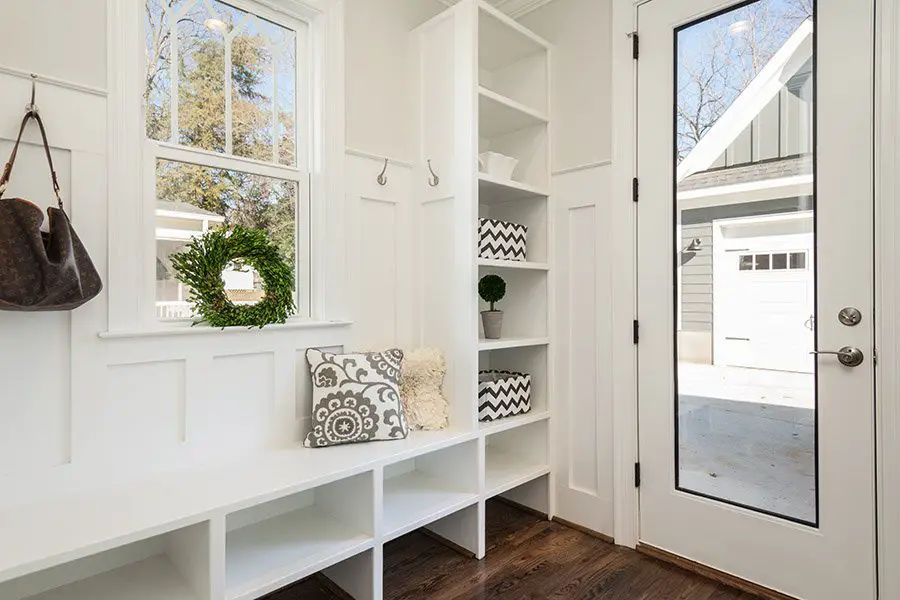
Energy Efficiency Programs (Municipal)
A few energy efficiency programs and grants in Alberta are available to residents of certain cities, as we’ve outlined here. If you plan to do some quick renovations after your first home purchase, these programs can help with some of the costs.
Banff
The town of Banff offers rebates to first-time homeowners (and other homeowners) who purchase energy efficient appliances and devices that reduce water usage. The rebates range from $25 to a few hundred dollars, depending on the project.
Lethbridge
If you’re building a first home in Lethbridge, the city offers rebates when you construct a new home with energy efficient features.
Medicine Hat
For residents of Medicine Hat, many energy efficiency rebates are available for appliances, solar panels, and air sealant projects through a project called Hat Smart.
Red Deer
When you install a low flow or dual flush toilet in Red Deer, you’ll be eligible for a $25 or $50 rebate for up to two new toilets per household.
5 Tips for Affording Your First Home in Alberta
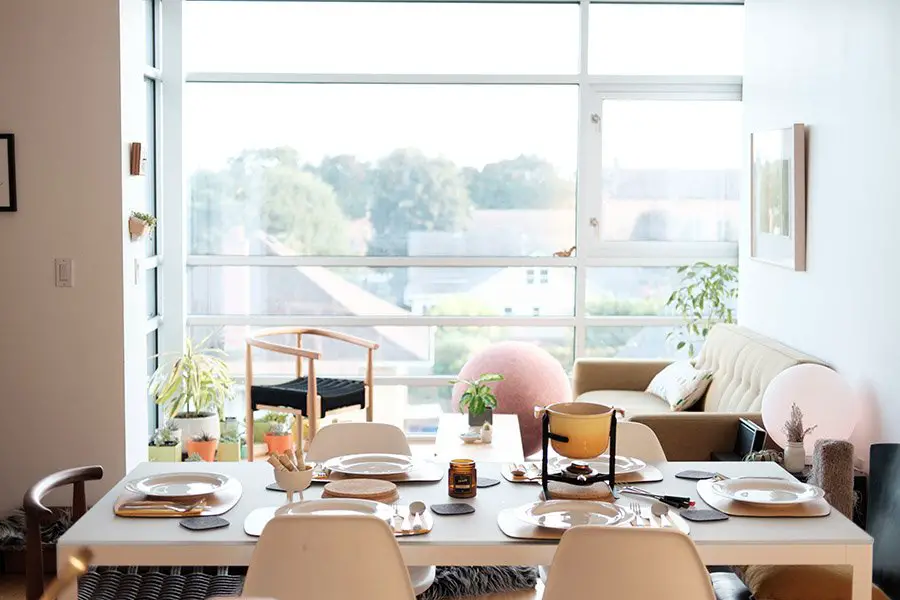
After you’ve explored all of the grants and programs available to first-time home purchasers in Alberta that we’ve listed above, you may feel more comfortable about starting the process of searching for a home, but you may need a final nudge in the right direction.
We have five additional tips that can help you take the step toward home ownership!
1. What Can I Afford?
Understanding how much home you can afford before you begin the search will save you a lot of time. You won’t waste time looking at – and falling in love with – homes that you ultimately cannot afford. (Trust us, this is a traumatic experience.)To determine a home price range that you will feel comfortable with fitting into your budget, you first need to have a basic understanding of how mortgages work.
A mortgage is a long-term loan that can last 25 to 30 years. You’ll use the loan proceeds from the lending institution to make the home purchase, and then pay back that loan over the next few decades with interest. Although it can be daunting to think of committing to a financial obligation for such a long time, you have to remember that a home’s value typically appreciates over time. This means your first home can be a good investment, which makes it easier to stomach the idea of a mortgage loan.Because the purchase price of the home is such a large number, it’s nearly impossible to figure out how much of a mortgage loan you can afford just based on the purchase price of the property.
Instead, try breaking down the price of the home into what the monthly payment on the loan will be. We’ve listed some of the best mortgage calculators available on the Internet to help you calculate this number, which you then can plug into your household budget.
2. How Do I Save for a Down Payment?
One of the most challenging aspects of obtaining a mortgage is finding the money for a down payment. The down payment is an amount of money you’ll pay before receiving the loan. When purchasing the home, the down payment goes toward the amount of the purchase, with the mortgage loan making up the remaining amount.For most home purchases in Canada, lending institutions like to have the borrower come up with a 20% down payment amount. This can be a tough number for a first-time home buyer, as 20% on a $200,000 home would be $40,000.
Depending on your financial situation and the lending institution you’re using, having less than a 20% down payment available will prevent you from qualifying for a mortgage loan.There certainly are financial situations where Canadians can purchase homes with less than 20% down payment amounts, but you may have to provide some additional personal information, pay additional fees with your monthly payment, or agree to pay a higher interest rate.
Some institutions will write loans for as little as a 5% down payment, but you may have to search around to find one.As of this writing, those Canadian first-time home buyers who have less than a 20% down payment will need mortgage premium insurance. Mortgage premium insurance provides protection to the lending institution should you ever default on the loan. (However, this amount doesn’t give you any protection and it doesn’t reduce your principal.)
You can think of mortgage insurance as an extra fee that you have to give to the lending institution so you can receive a mortgage loan with a less than 20% down payment for a property. Ultimately, you will want to provide at least a 20% down payment property if at all possible. To progress toward this number, try to save as much as you can over time.
Even small savings will add up over time. Try going to restaurants less often or avoid visiting gourmet coffee shops. Maybe you can pick up a part time job on the weekends.Additionally, don’t forget about the down payment funding options we discussed earlier, such as borrowing money from your RRSP or obtaining a low-interest loan in Alberta.
3. Should I Worry About Interest Rates?
First-time home buyers often spend more time worrying about mortgage loan interest rates than they should. Certainly, the interest rate you will receive plays a role in determining how much home you can afford, so it is important.Ultimately though, there’s no reason to spend multiple times per day obsessively trying to track the movement of mortgage loan interest rates. Trying to time the movement of mortgage rates in the market will drive you crazy if you spend too much time thinking about it.Instead, we’d suggest you spend more time trying to find other ways to save money on your mortgage loan. For example, improving your credit score will earn you a better interest rate on your mortgage loan, probably saving you more money over the long run versus wearing out the refresh button on your web browser trying to track miniscule movements of interest rates.Additionally, shop around with different lending institutions to find the best mortgage rate. You might be surprised how much of a difference there is from bank to bank if you’re willing to invest a bit of time in researching the various options. Most importantly, make sure you have a down payment of at least 20%. If you have to pay mortgage premium insurance, you’re going to cost yourself far more money per month than even a big swing in interest rates will cost you over the long run.
4. How Do Home Prices Work?
If you want to freak out just a little bit, start looking at home prices in their entirety without thinking about the monthly amount you’ll be paying. The full cost for a home is a huge number that’s so daunting and overwhelming that you might decide apartment living is more your speed … forever.That’s why breaking down the home cost into monthly installments is a far smarter – and less stressful – idea. You can use the mortgage calculators we discussed earlier to help you figure out your monthly payment amount on a particular home purchase.
By breaking the home cost into monthly installments, you’ll be better able to see how the number fits into your monthly household budget and to compare the number to what you’re paying now in rent.In addition to the monthly amount of the mortgage loan installments, you also will have to pay for property repairs and maintenance yourself. (No more calling the landlord when you have a leaky faucet.)
You may have a few extra utility costs in a home versus what you paid in an apartment. Your home owners’ insurance will carry a higher premium versus renters’ insurance as well.However, because your home will appreciate in value over time, home prices start to work in your favor the longer you live in the home and keep up on maintenance tasks.
So when you eventually sell the home, you’ll receive a higher price tag than what you paid initially. Your home’s value will grow at the same time that your loan balance shrinks, which feels great!
5. How Can I Get Everything I Want in My First Home?
No matter how much preparation time you spend, the work involved in buying a home can be very stressful. It’ll feel great once you’re finished, but the finish line can feel like it’s several kilometers away at different points during the process.Qualifying for a mortgage, finding money for a down payment, and signing all of the papers can be stressful enough, but then you still have to find the right home for your needs. This can require a lot of time on your part, which can feel like a waste if someone swoops in and outbids you at the last second.The best advice we can provide is to try to maintain a sense of calm during the process. We understand this sounds easier than it actually is. Just try to keep in mind that there will be plenty of ups and downs as you go through the process of finding and purchasing a home. If you’ve had bad news a couple of days in a row, good news is sure to appear at some point soon.Ultimately, you may have to settle for a first home that doesn’t have all of the bells and whistles you want … or that those fancy home remodeling TV shows tell you that you should want. Missing out on a few desired features typically is just part of the process of buying a first home.You always have the option of adding those must-have features in a remodel later. After you’ve lived in the home for a few years, you may find that you actually want a different feature than you initially thought you needed, and a remodeling job can take care of it. And now that you’re a home owner, you can do the work yourself without having to worry about whether the apartment landlord will give you permission.

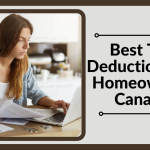



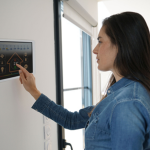
how do I get the disibilty grant to get siding and a roof maby acouple windows
It is very common for the government to come out with schemes that allow new homeowners to benefit. I have seen so many people take advantage of this situation right now.